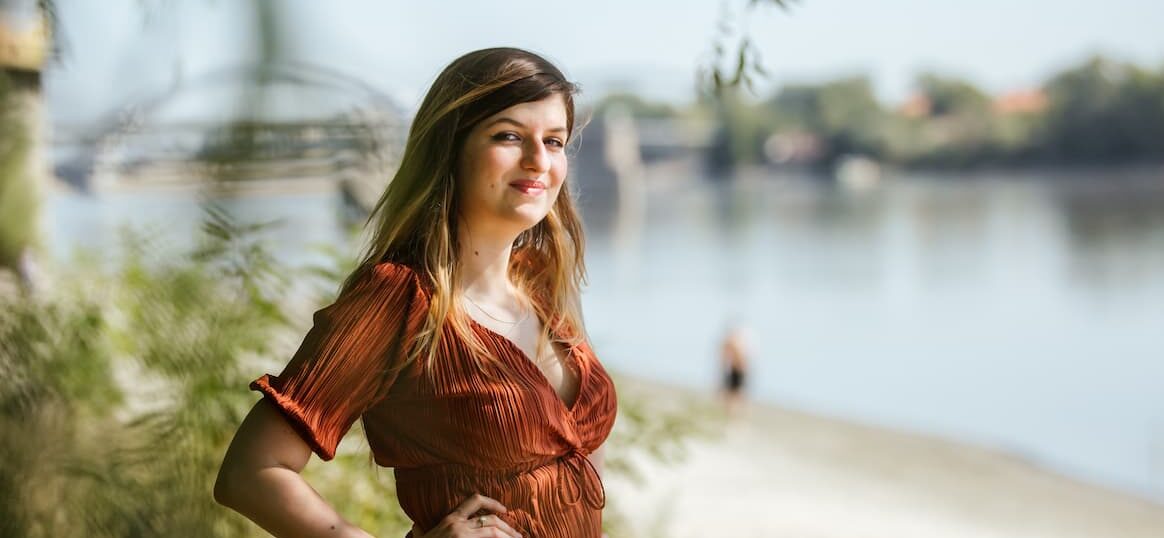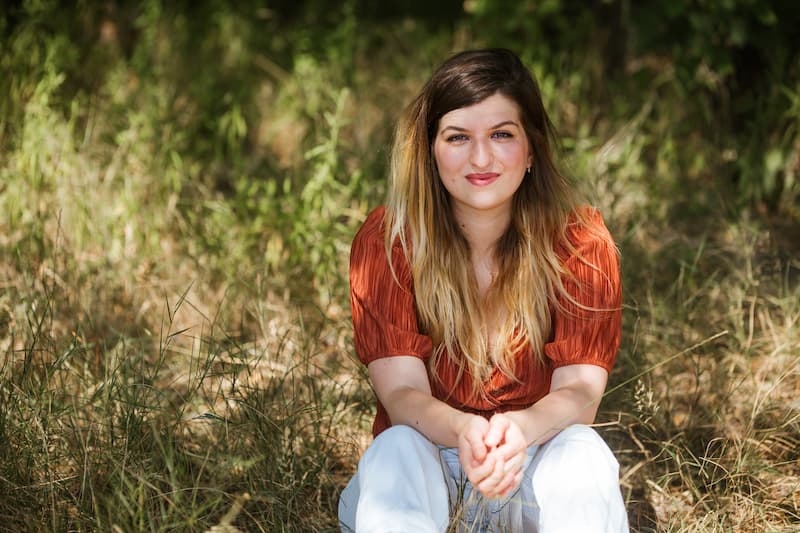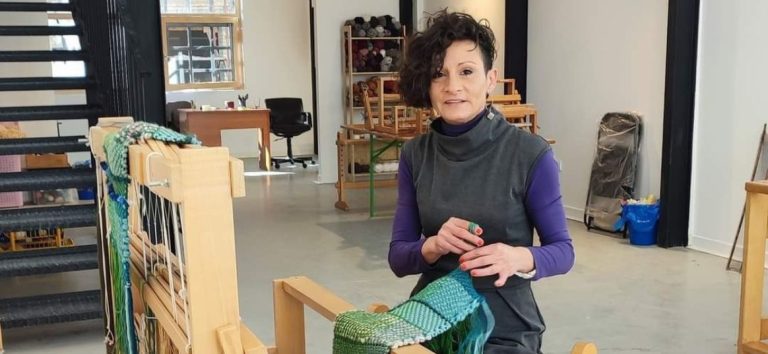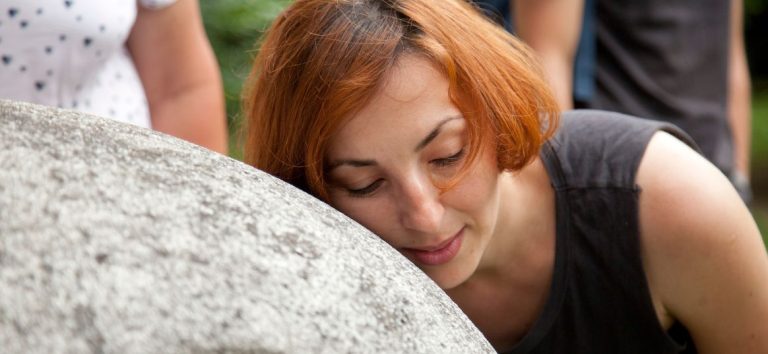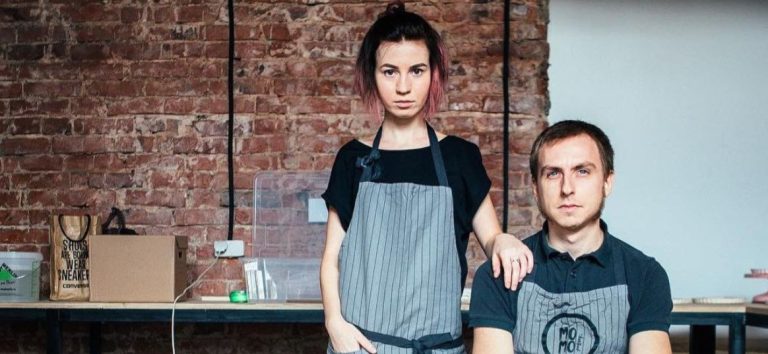In the upcoming month, the European Capital of Culture is bringing us a variety of cultural events as part of the new programme arch, The Danube Sea, which will begin this weekend with the Štrand Pavilion at the most beautiful Novi Sad bathing area. The Danube is a meeting place for the people of Novi Sad, a place of memory and a symbol of connecting the two shores of Novi Sad. Precisely this is the backbone of The Danube Sea, representing the cultural heritage and preservation of the natural resources of one of the largest European rivers. In the next month, we will build bridges between art and ecology on the Danube, through a variety of programmes that will lead to action for the preservation and care of the Danube, but they will also introduce us to the heritage of the countries through which this river flows.
‘Life in Novi Sad encompasses living next to the Danube, and life on the Danube is the secret world of Novi Sad. Those who live or stay along the Danube experience the city in a different way – they learn to live in synergy with nature. We open the issues of protection of the Danube on Štrand – so that passers-by can learn about the importance of this river and this area through art and educational programmes. The programmes of The Danube Sea call for the power of the community and joint action, instead of the responsibility of the individual – focusing on the Anthropocene and shifting its centre of gravity’, explains the coordinator of The Danube Sea Milena Janković, a participant in the implementation of the programme that will bring us more than 160 events on the river, from 22 July to 21 August.
If you are unsure where to go first during the summer days, Milena Janković suggests that you take the path of culture and visit as many art events as possible, awaiting in the European Capital of Culture. She has singled out some of them for you on this occasion.
Pavilion on Štrand
This manifestation begins on 22 July and lasts until 31 July, opening the debate on the future of both large and small spaces on the Danube. Minipogon Collective’s programme (Non)Working Hours – Tuning the Sustainable Community invites citizens to recycle plastic and make musical instruments out of it from 25 to 31 July! This collective collaborates with the broadest meaning of community – from neighbours, and experts in the field of environmental protection to national and international artists, thus opening up the important issue of sustainability and engagement of citizens. In addition to them, Štrand visitors will face the future at the Pavilion in front of the Climate Capsule installation of the Center for the Promotion of Science. This exhibit will show citizens what pollution, humidity and air temperature will be like in the future if the consequences of climate change continue to be present.
Alternative models of artistic production will be discussed by the Biophilia projects, the exhibition set up on Štrand, as well as Biofabrika by the artist Adrienn Újházi. The art collective U10, together with the Austrian artists gathered around the Danube Transformation Agency for Agency, will use their bodies to become an island for the life and survival of the small hummingbird through the Becoming an Island project, while Ecotopias will open viewers’ views of possible futures using existing knowledge, methods, and tools. On Štrand, the cinema can go green too, which is why internationally recognised films Honeyland and The Hidden Life of Trees will be shown in the selection of the Free Zone festival.
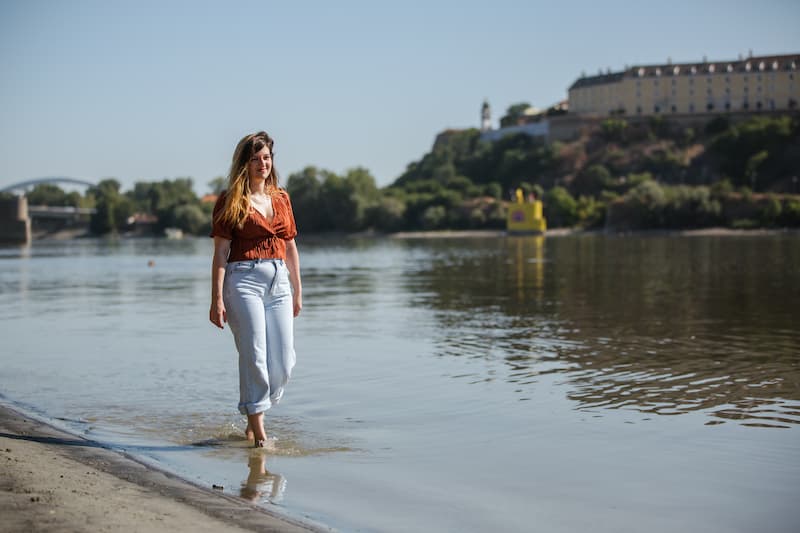
Which musicians are coming to the Pavilion?
The Pavilion on Štrand will also have an accompanying music programme, based on the ambience – and there are local and international performers such as Planet Opal and the famous drummer Nadav Dagon, who is coming as part of the partnership with the Terminal Arts&Music festival from Sombor. The programme of the Pavilion on Štrand will kick off with a specific performance The Seam, during which a composition dedicated to the Danube for piano, mixtape and sewing machines will be shown. And if by any chance you notice acrobats who bend, make bridges out of their bodies, walk around palaces, and stand in unusual places around the city – you have come across the internationally famous troupe Compagnie XY that does not allow itself to be promoted too much and quietly invites you to the Grand Rendezvous on 22 July on Štrand, so make sure to catch Les Voyages.
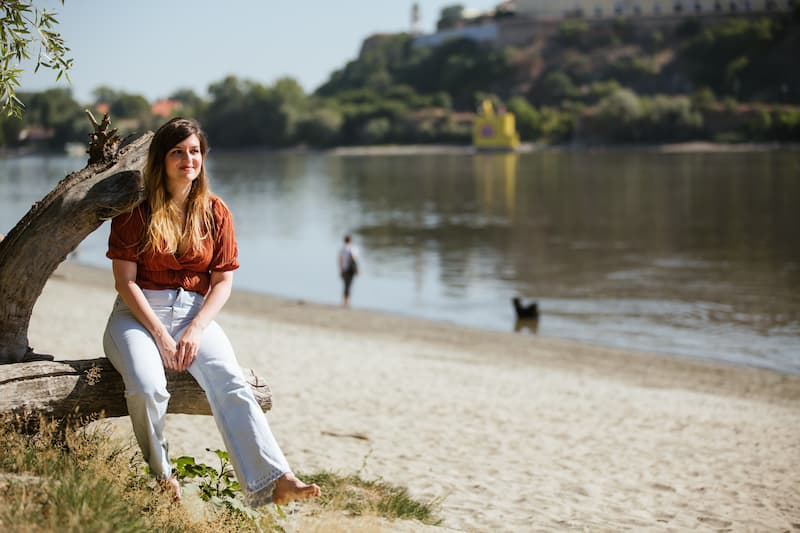
What is left after The Danube Sea?
One Pannonian Garden, located in the Creative District, in order to make this area greener and educate citizens about planting honey plants and garden communities, organised by the Econaut Association. Finally, a group of five local organisations dealing with environmental protection (Pokret gorana Vojvodine, Pokret gorana Novog Sada, Zeleni sad, Živi grad, and the Children’s Ecology Academy) will develop a strategy for the sustainability of cultural events – from the reduction of single-use plastic to the mobility and accessibility of institutions, associations, and individuals operating in the field of cultural and artistic production.
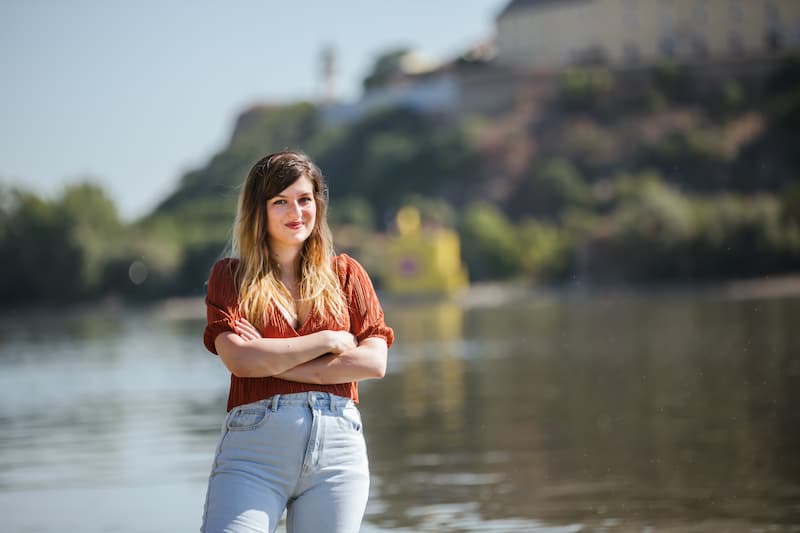
The Story of the Danube Does Not Stop at Ecology…
It begins with an invitation to notice it, and then, it shines in its richness and beauty. The piers on the Danube are revealed through the exhibition Outside the Centre – a collaboration between artists from the Danube region and BelArt galleries in Čerević, Sremska Kamenica, Irig and Sremski Karlovci. In Banoštor, the artist Nikola Faler is visiting with the Big Straw – an exhibition of straw sculptures over 2 meters high, which will be set on fire on 7 August, imitating a ritual ceremony from ancient times. As the hamlets of Novi Sad become harbours for international artists, the city of Sremski Karlovci brings five bands to the Sremski Karlovci Homeland Collection during the Danube Culture Festival on 13 August – from Croatia, Slovenia, Hungary and France, including the famous Magnifico, who will provide support to the local bands, and whose performance at the Ilion Castle will close this manifestation.
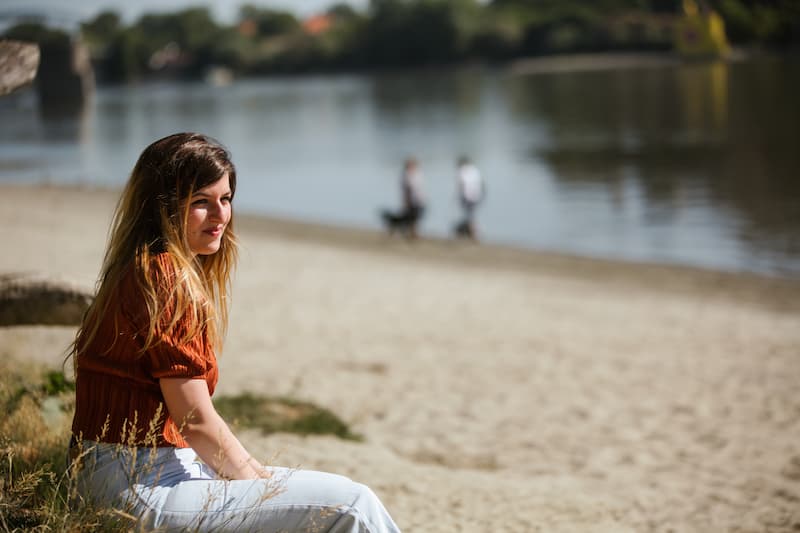
The Danube Sea Finale
The gastronomic heritage of Vojvodina will be presented through the project Cooks in Residence – cooks from Japan and Luxembourg are coming to Novi Sad, where they will interpret the classic dishes of Vojvodina cuisine through their cultures, making the local gastronomic culture relevant in the international field. Finally, The Danube Sea will be closed by the Tamburitza Philharmonic Orchestra – with more than 200 participants from regional tamburitza orchestras celebrating the local music.
Author: Marina Marić
Photo: Marko Pudić

